Latinos have been a part of Hollywood since the silent movie era. But they continue to be underrepresented in front of and behind the cameras. USC’s Annenberg Inclusion Initiative and UCLA’s latest Hollywood Diversity Report show that Latino actors get just 7% of film leads.
In the early days of cinema and to this day, Anglo actors played so-called Spanish roles, sometimes in brownface. USC professor Laura Isabel Serna says Latinos were often used as background extras, wrangling horses for Western pictures. Luis Reyes, author of a new book called Viva Hollywood, says Latino actors who did get speaking parts were typecast in cliched roles.
“You know, the stereotypes: Oh, you’re Latino? You’ll play the bandido,” Reyes says. “There was a guy that played a bandido so often he had his own costume. It was about earning a living. ‘I got black hair, I look dark. You wanted me to be a cantina girl? No problem.'”
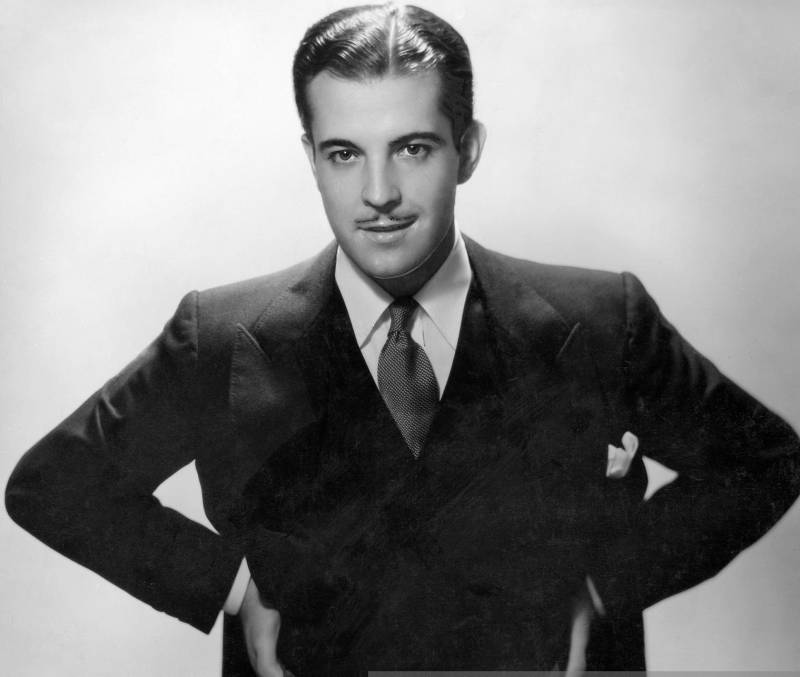
Hollywood stars Ramon Novarro and his second cousin Dolores del Rio got their starts in silent pictures and were promoted as “Latin lovers.” Both came from influential aristocratic families in Mexico. Navarro’s family had moved to Los Angeles to escape the Mexican Revolution in 1913. He went from being an extra to starring in the 1925 silent film Ben-Hur: A Tale of the Christ. Among his hits is the 1931 film Mata Hari with Greta Garbo.
Dolores del Rio was also recruited to Hollywood to be a sex symbol. Her famous friends Charlie Chaplin, Greta Garbo and Marlene Dietrich reportedly regarded her as the most beautiful woman in Hollywood. Del Rio starred in silent films such as High Steppers, Pals First and Ramona. When talking pictures took over, she was also a success, after proving she could sing.
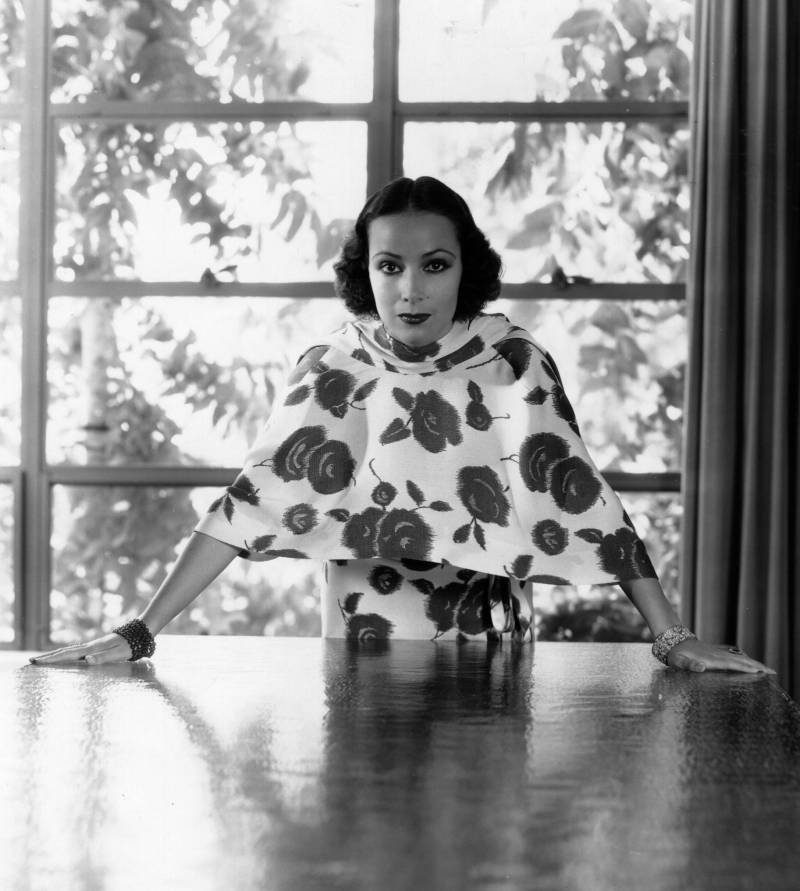
“She was seen as an exotic woman,” says Cynthia Prida Bravo, consul for cultural affairs for the Consulate General of Mexico. “She played the European, very sophisticated woman and she played the Indigenous woman. She was so sure of herself. That’s why we’re still celebrating her almost after a hundred years.”
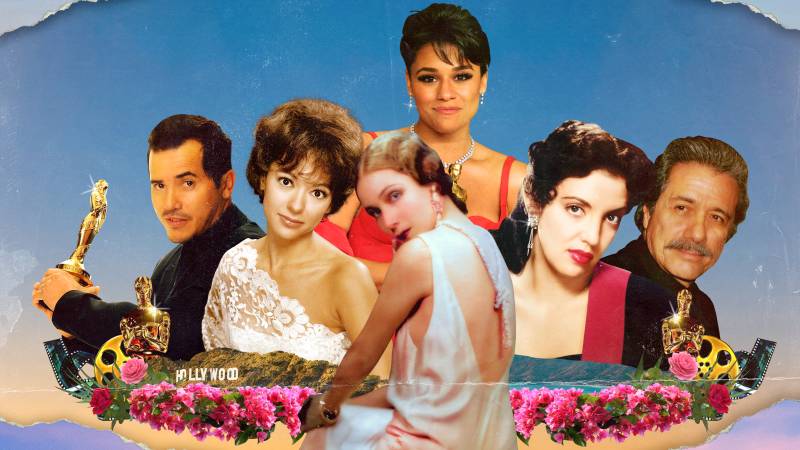
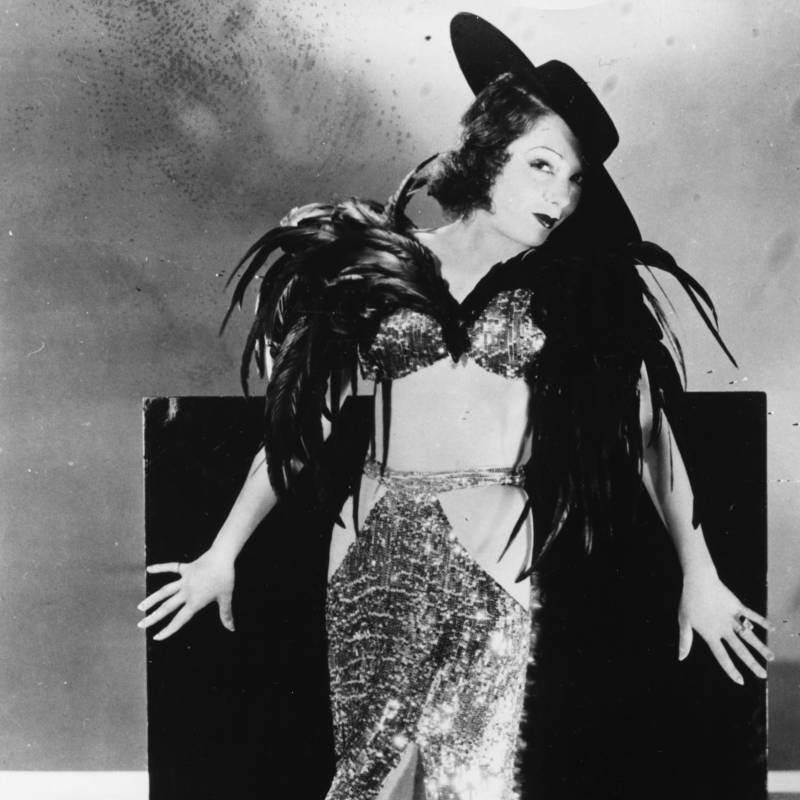
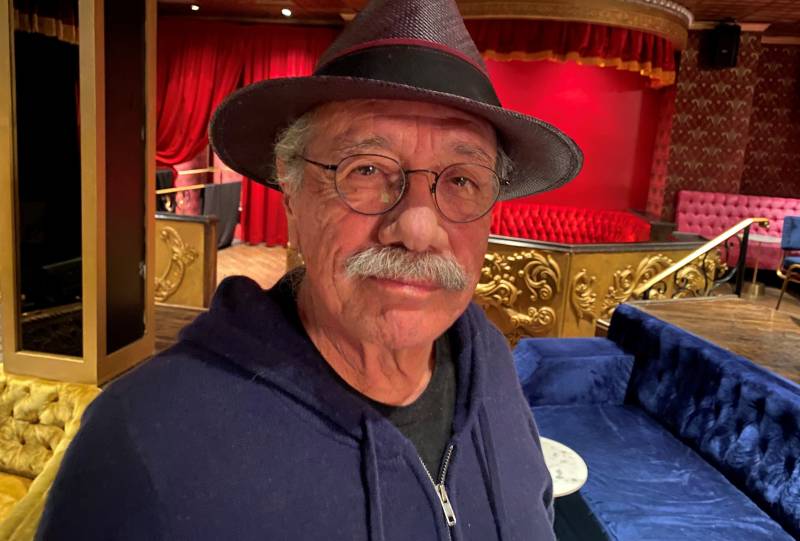
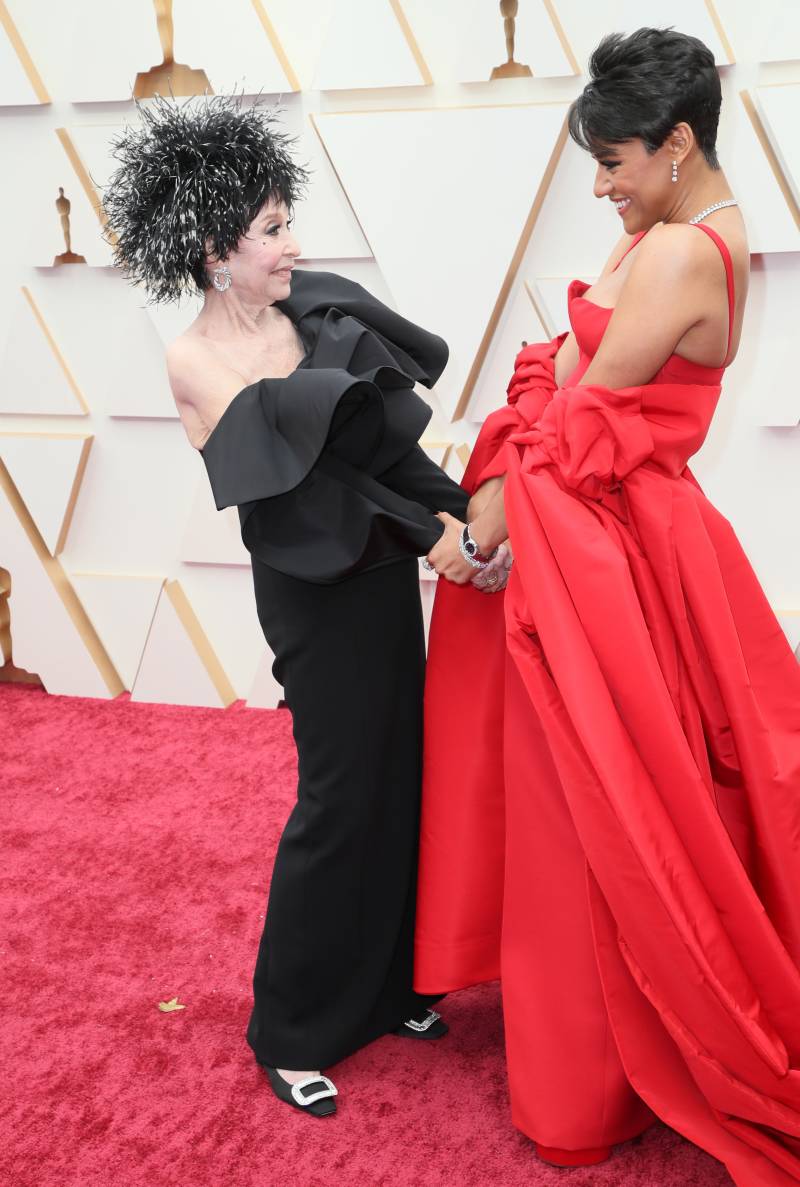
9(MDAxOTAwOTE4MDEyMTkxMDAzNjczZDljZA004))

